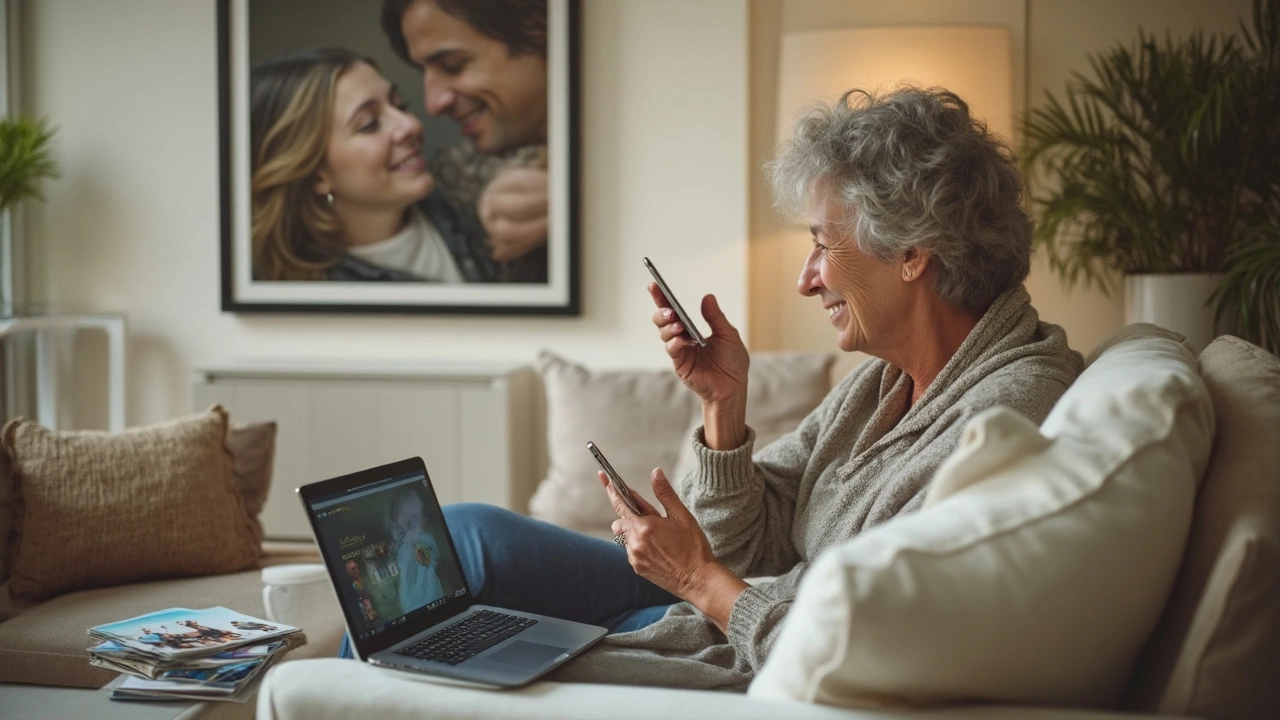Photo Editing Tips: Quick Tricks for Better Pictures
Got a photo that looks flat or noisy? You don’t need a pro to fix it. A few minutes with the right tools can turn a dull shot into something you actually want to share.
Free Tools You Can Start Today
Most smartphones already have basic editing features – brightness, contrast, crop. If you want more control, try free apps like GIMP, Photopea, or Snapseed. They work on desktops or phones and don’t ask for credit‑card info.
Open your image, look for the “auto‑adjust” button. It often fixes exposure in one click. If it looks off, fine‑tune the sliders yourself. A slight increase in contrast and a tiny boost to shadows usually makes a big difference.
Shortcuts That Save Time
When you edit a batch of pictures, use copy‑paste settings. In many editors you can copy the adjustments from one photo and paste them onto the next – no need to repeat the same steps.
Keyboard shortcuts speed things up, too. Most programs use Ctrl+Z for undo, Ctrl+Y for redo, and Ctrl+Shift+E to export. Memorize the ones you use most and you’ll shave minutes off each session.
Another tip: work in layers. Keep the original photo untouched on the bottom layer, then add brightness, color, or sharpness on top. If a change looks wrong, just delete that layer instead of starting over.
Simple Steps for Better Light and Color
First, check the histogram – it shows the distribution of dark and light tones. If it’s bunched on the left, raise the exposure a bit. If it’s right‑heavy, pull it down.
Next, adjust white balance. A cool photo often looks better with a warm tint, and vice‑versa. Most editors have a “temperature” slider; slide it until skin tones look natural.
Finally, add a tiny amount of sharpening. Too much makes the picture look grainy, but a little lifts details in eyes, fabrics, and edges.
Quick Fixes for Common Problems
Red eye? Use the red‑eye tool – one click and the pupils look normal. If your photo is blurry, try the “shake reduction” filter; it can rescue a bit of detail.
Too much background clutter? Use the selection tool to mask the subject and then blur the background. This draws the eye to the main focus without needing a fancy lens.
When you’re done, export as JPEG for online use, but keep a copy in PNG or the editor’s native format if you think you’ll tweak it later.
Practice these steps on a few photos each week and you’ll notice the results immediately. Editing isn’t magic – it’s just a handful of practical moves that anyone can master.
Turn a Photo into Art: The Quick Guide to Stunning Wall Art
- Gavin Whitaker
- |
- |
- 0
Wondering how to turn your favorite photo into a piece of wall art? This article breaks down the practical steps to transform any photo—from a casual phone snap to a family portrait—into an art piece perfect for your space. You'll learn about popular tools, basic editing hacks, and creative ideas that make the process easy even for first-timers. Add a personal touch to your home without needing fancy art skills. Get tips, facts, and expert advice to make your photo pop on your walls.
View more